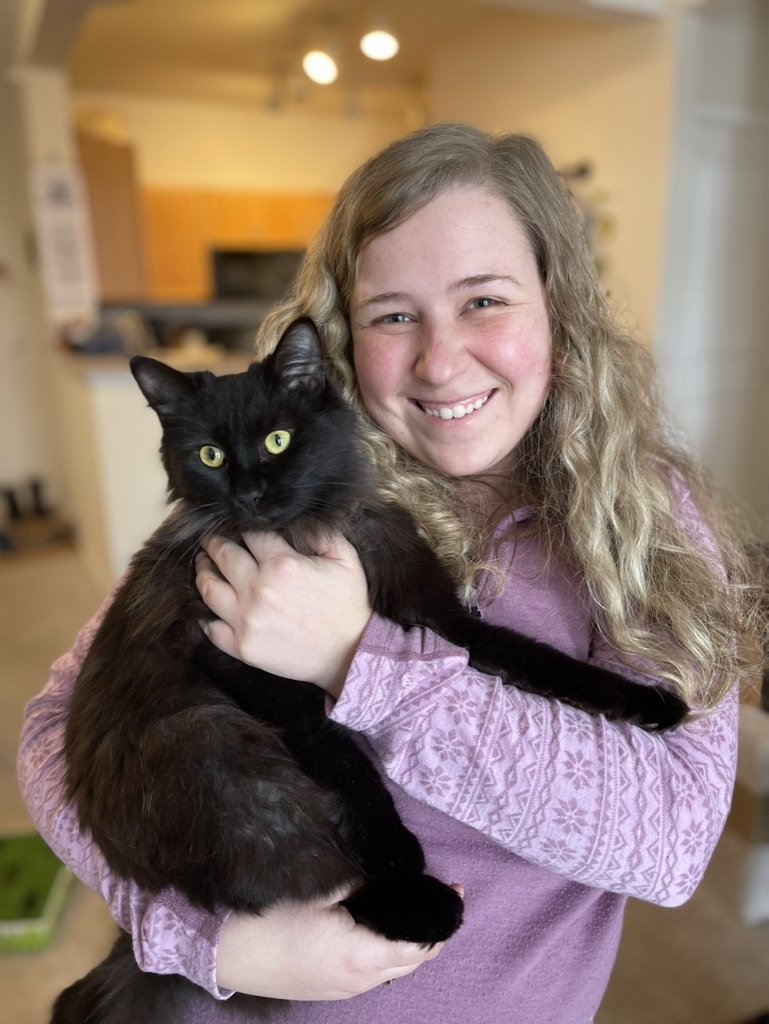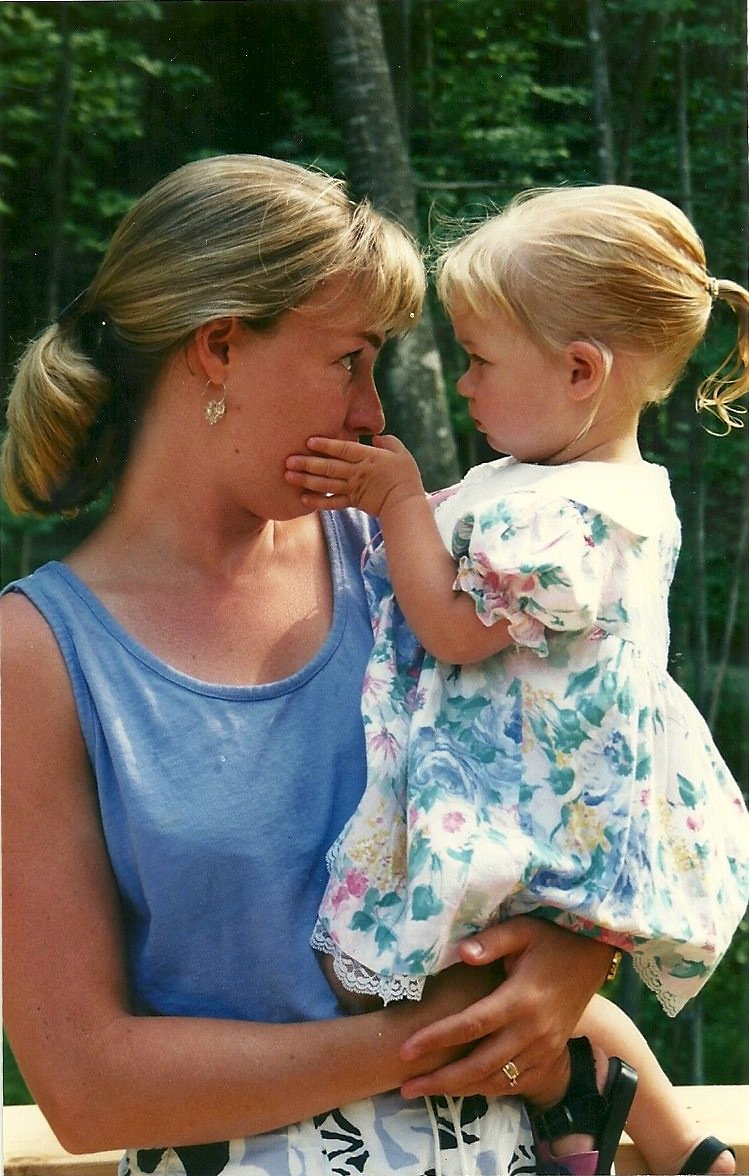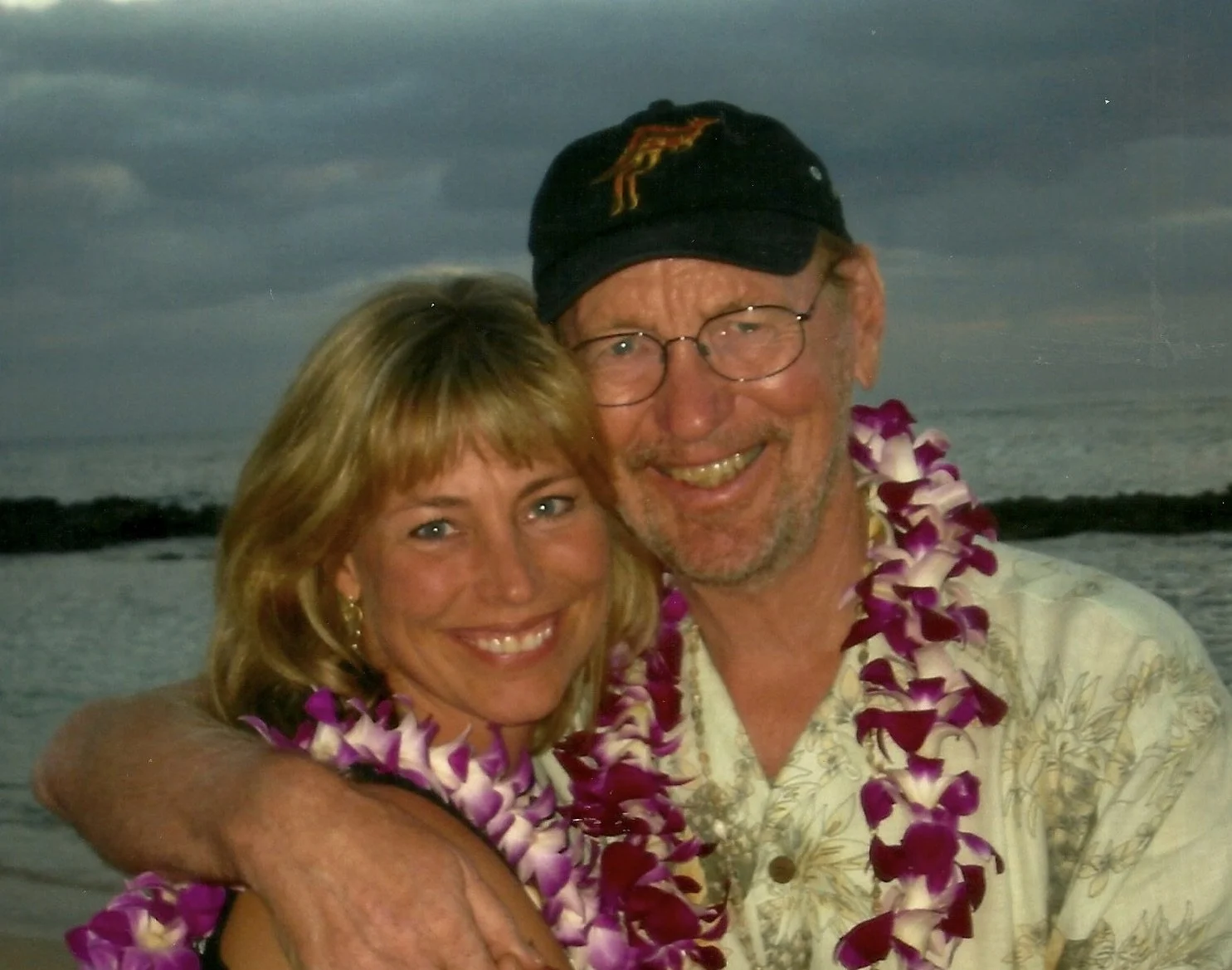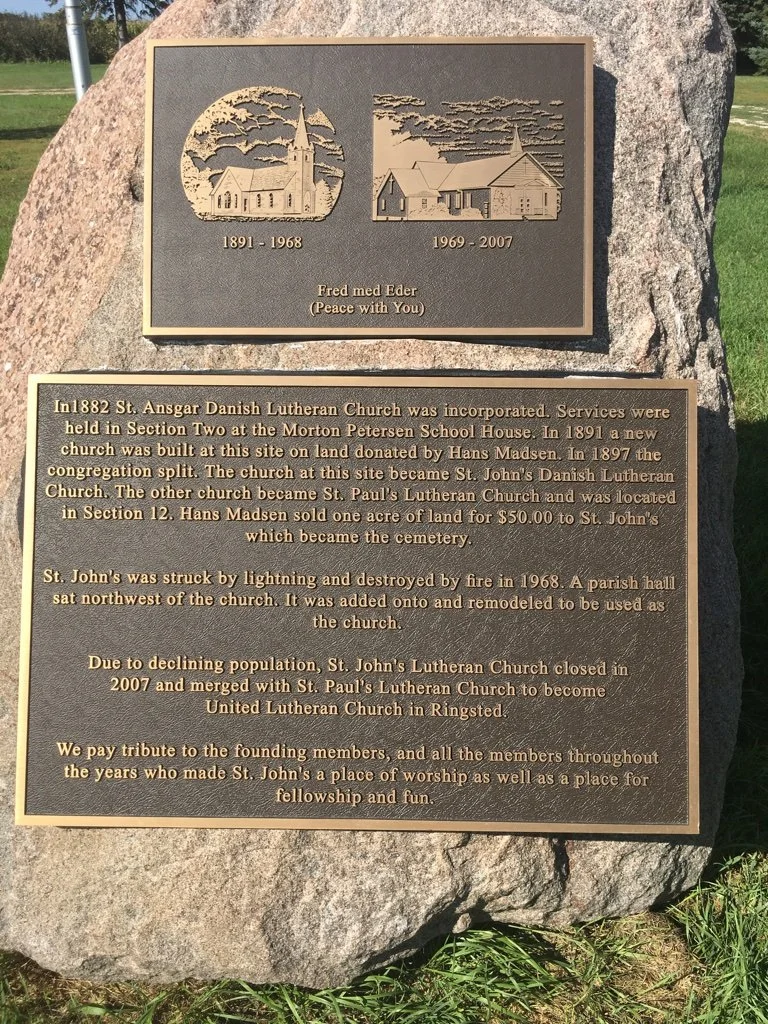Strangers In the Dark
Life is full of interesting experiences, but it’s the times things went wrong that I remember most. Like backpacking through Europe with my friend Carin, my Dad’s voice in my head reminding me: It’s never so bad it can’t get worse! Many thanks to Humans of the World for publishing this memorable moment.
Creature Comforts
When my daughter was little, she announced she wanted a sibling. So, what’s a newly single mother to do? Many thanks to Orange Blossom Publishing for posting my answer in their latest blog.
A Fork In The Road
My late father wrote or contributed to 50 books in his lifetime. As a fellow writer, he inspired countless stories—some of which I’ve turned into short essays for publication. The latest appears in the autumn 2023 edition of GRIFFEL magazine.
Small Treasures
Kids say the funniest things. In this post, published on the Orange Blossom Publishing blog, it’s my daughter who serves as inspiration.
The Last Artifact
We can be triggered to write by any number of things. For me, it was a collection of airmail letters from 1962 to 1970. These were the letters my parents sent home from Southeast Asia, where they worked as Lutheran missionaries—inspiring me to write my first full-length book. Many thanks to Humans of the World for publishing this piece on their blog.
Being There
Another essay, in tribute to my last days with Dad. Thank you, Months to Years, for publishing this piece! Those who've lost loved ones will understand.
The Prodigal Parent
My father’s career always managed to take him far from home. It was only when he was diagnosed with Parkinson’s disease that he chose to return to Minnesota to spend his remaining time with his children and grandchildren. He died in 2017. In my essay “The Prodigal Parent,” I describe how much it meant to me to finally have time with my father, and how the act of writing is helping me navigate my grief. Thanks to Orange Blossom Publishing for including this piece in their recently published book, Along the Shore: Strategies for Living with Grief.
Common Ground
I find it fitting that my latest essay is in my father’s favorite publication, Church and Life magazine. Thanks to my aunt and uncle, Rita and Dick Juhl, for encouraging me to submit this piece!
***
My father, Dr. Paul Pedersen, grew up in a small farmhouse that was built by his grandfather, outside the community of Ringsted, Iowa, where everyone knew one another, and everyone spoke Danish. It was a town of less than 100 families, and it was deeply divided by two churches—both Lutheran.
There were the Holy Danes, who believed that dancing was a sin. And the Happy Danes, for whom dancing and singing was vital to worship and their way of life.
As is the way of divided communities, there was very little interaction between the two congregations. No Holy Dane would ever consider marrying a Happy Dane, and vice versa. To the outside world, they were virtually identical. But they knew their differences, and they let those differences define them.
My father was no exception. He was proud to be a Happy Dane. He was also a teacher—first as a Lutheran missionary teaching theology, philosophy, and ethics overseas, and later, as a university professor teaching psychology and counseling.
His teachings were never just black and white. From his viewpoint, the best lessons sought to balance both sides of every story, and somehow bring them together without losing the essence of what made them different. In spite of being a Happy Dane—or perhaps because of it—he liked to leave room for lengthy and spirited discussion that would, hopefully, reveal common ground. Nothing pleased him more.
When I was a kid he used to tell me, his answer to any question was always the same: Maybe yes and maybe no. Years later I realized, the question was just the starting point. The goal wasn’t to find a definitive answer in which only one person was right. The whole point was to talk it out, open your mind and learn from one another.
His points of view were often contrarian. “If you can explain the Trinity, you simply don’t understand it,” he’d say. It was an idea that always left me scratching my head.
As an adult, I realize that—to the faithful—many things are beyond explanation. Life is full of contradictions. And the real joy of living is in finding human connection. For my dad, it was his life’s work. The source of his joy. And by far, the greatest lesson he could teach me.
My father died five years ago, succumbing to the ravages of Parkinson’s Disease. We scattered his ashes at the family cemetery in Ringsted, among the graves of his parents and grandparents. It was a beautiful fall day and the leaves crunched below our feet as we shared memories of my dad.
The farmhouse is long gone, along with my father’s church, St. John’s Lutheran, which was struck by lightning and burned to the ground in 2007. In its place is a large rock with a brass plaque fixed to stone, explaining that with the fire and declining population, the two churches have finally come together after 110 years.
It reads: We pay tribute to the founding members, and all the members throughout the years who made St. John’s a place of worship as well as a place for fellowship and fun.
Fellowship and fun. Dad would appreciate the tribute and the fact that the congregation is now one, their differences finally laid to rest. Happy and holy.
In the Middle of the Night
I wrote a short poem in ninth grade that I always intended to do something with someday. That someday came forty years later, when my daughter, Emily, a graphic design student, was in search of a project for her portfolio. And that’s how this self-published children’s book came to be.








